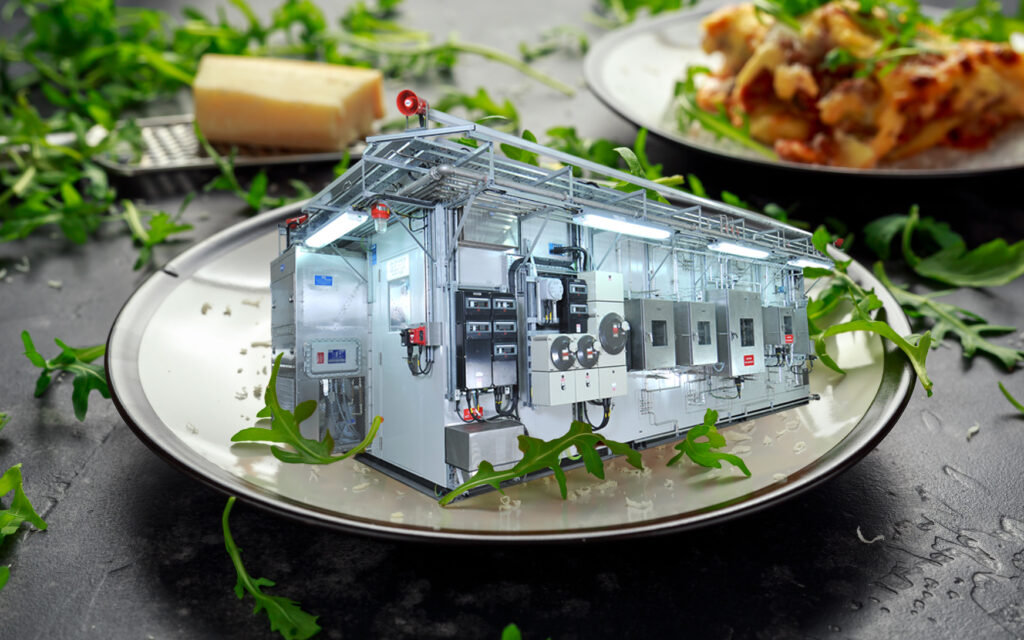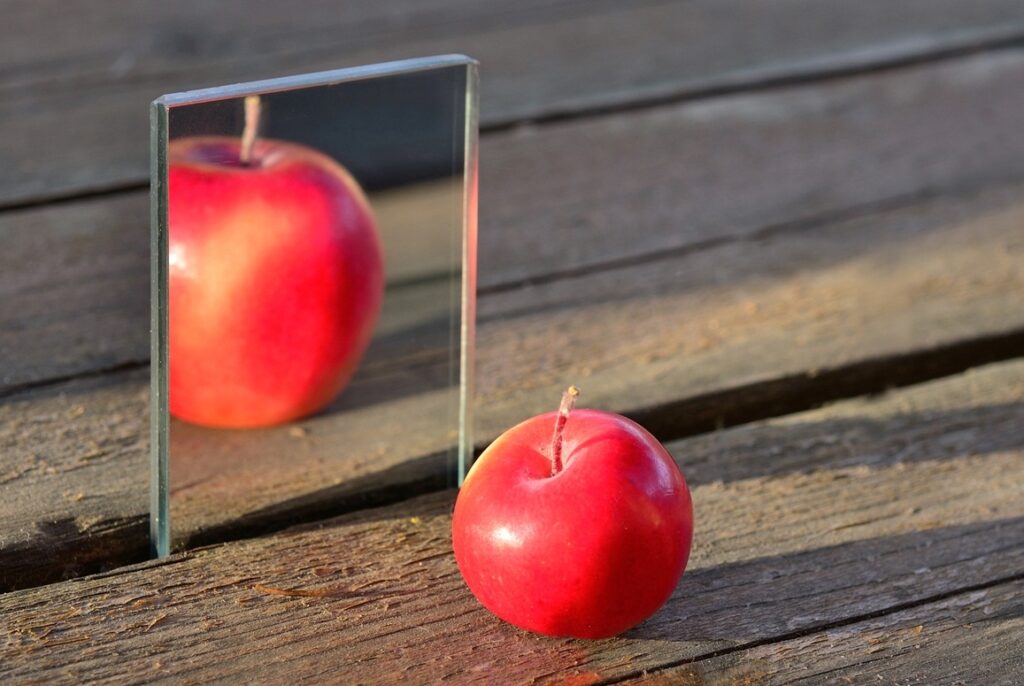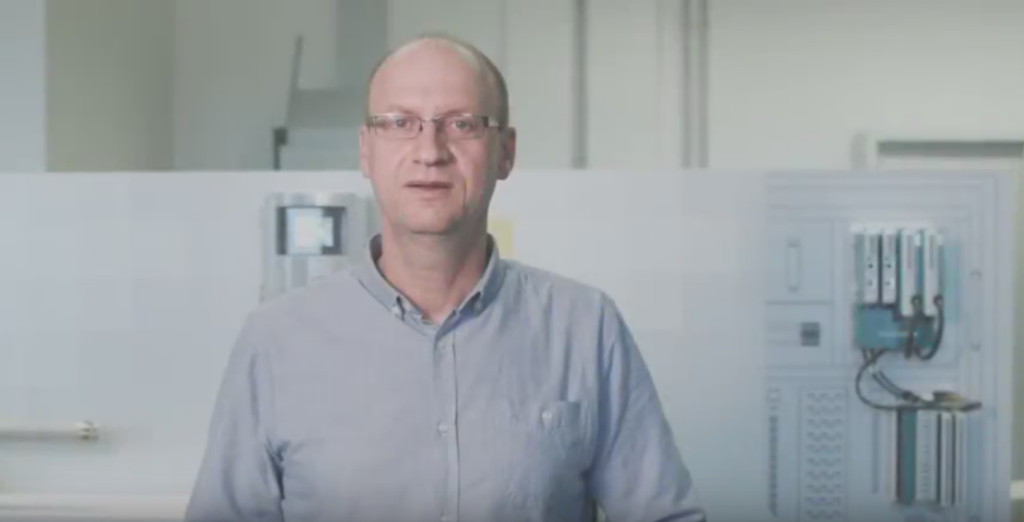What have analytical system solutions got to do with cooking and eating? They’re both about staying alive. Analytical systems need maintenance to stay alive. We humans have to eat or we die. You could say that’s “maintenance” too in the broadest sense of the word.
Like practically anything that’s vital for survival, both of these – food for us and maintenance for our analytical systems – are something we do as a matter of course. Every day. We’ve been doing it for as long as we can remember. It’s in our blood. It’s a familiar routine.
We can all eat but we can’t all cook
Just imagine eating roast pork with potatoes and red pepper sauce every day simply because it’s your favorite food (I know, I know, but for the sake of a better example …). Every day for twenty years. Then your chef hands in his notice … and you’ve got a problem! If it’s been your staple diet day in, day out, you notice immediately if it’s not quite right – too much salt today, maybe, or the meat slightly burnt. You’re an expert in the field and you know exactly what it should taste like. But how is it made? Which meat should you use for roasting? How do you turn the pepper into sauce? How long does it have to stay in the oven? You probably knew all of the answers once, but that was twenty years ago!
Analytical system solutions
PAT solutions are extremely important if processes in the chemical industry are to take place safely, effectively and efficiently. When you consider that lost production or a decline in product quality is liable to involve very large sums of money and impact on the competitiveness of your process operations, it’s no exaggeration to suggest that PAT solutions are vital for survival. That’s why maintenance, too, is a matter of routine: there are plans and procedures, checks and validations, spare parts, know-how and experience. Fantastic!
Disrupted routine
Nothing lasts forever, especially where competitiveness is concerned. The manufacturing process for the product changes, for instance. There is a demand for other products or for products with other features. Product quality expectations continue to rise. Legal requirements and regulations are toughened up. The PAT technology you’ve been using becomes obsolescent. And even if your gas chromatograph keeps going for ever more (or at least, that’s what it seems like), part or all of the PAT solution will someday reach the end of its life.
The chef is history
You’re forced to cook now before you can eat. Your existing analytical solution is more than twenty years old and in need of replacement. If you haven’t got an engineering department that designs that kind of solution on a regular basis, you’re in for a shock: your company has either been economizing on resources or it’s outsourced them. The architect of the analyzer shelter all those years ago has most likely been enjoying well-earned retirement for years. You certainly can’t talk about routine and experience anymore if the last time you did any cooking yourself was twenty years back.
Underestimated problems
Is it really that difficult to create a new analytical solution? Well, for a start, the new solution is going to be different from the old one. If all you’ve had so far is a tape recorder, you won’t bother replacing it with a new one; you’ll buy one of those UHD gadgets. It’s not that you don’t understand the process: it’s the many, often invisible, details of an analytical solution that make the difference later on between good and bad functions, e.g.
-
Sensor selection
Is the GC application still suited for the job it’s intended for today? Which (pH) sensor is right for this application? The one you chose twenty years ago might not be first choice anymore.
-
Sample conditioning
Sample conditioning is one of the most critical components of any analytical solution. On the one hand, your sample may need to be conditioned, in other words set to the right pressure and the right temperature. It may also need to be filtered. This has to be monitored, to protect sensitive components against adverse conditions, for example a glass pH sensor needs to be protected against excessive pressure.
On the other hand, there are many situations where it is necessary to supply one sample to several different analyzers. Or several different samples to one multichannel analyzer. That presupposes a uniform distribution and the option of switching to another sample stream. The sample must be fresh / current, and it mustn’t have been stationary in the line (fast loop!). You have to take account of the flow times and do things in the correct order. The system response time will be shortest if the flow times are optimized; after all, you want to measure “online”. You need to allow enough time, though, to switch over the sample stream in order to avoid carry-over.
-
Sample disposal
What do you do with the sample after it’s been analyzed? Pour it down the drain? What substance does it contain? Is that allowed? And what if the sample is too valuable simply to be thrown away. Maybe it could be returned to the process. Or is the volume too large, for instance if it originates from a fast loop. In that case, the sample won’t have been modified at all. If the process is pressurized, the sample will exit on its own. It won’t re-enter the process on its own, though. We need special devices to make it do that. None of this is any problem provided you bear it in mind from the start.
-
Gas alarm
Gases – carrier gases, purge gases, fuel gases – are required for many analytical procedures. If they’re used in an enclosed space, such as the analyzer shelter, the procedures have to be monitored. Even nitrogen, which is ostensibly harmless, can be dangerous if it displaces the oxygen in an enclosed space when utilized as a purge gas, for example.
Is there anything you’ve forgotten?
I hope not … because you could well have to live with it for the next twenty years (an experience not to be recommended!). Those are only four examples you need to think about when creating an integrated analytical solution, and they make no claims to completeness. There’s generally far more than that which you should take into consideration.
Cooking, too, can become a routine activity – assuming you do it every day and you do it professionally. When it comes to analytical system solutions, we’re the ones at Yokogawa ASI who do it daily and professionally – we have the know-how and experience.
Allow us to serve you up one of our analytical systems. And if your process gas chromatograph really does last forever – if you’ve already got your main course, in other words – we’d be happy to supply you with just the starter and the dessert (as a perfect complement to the rest of your meal).




